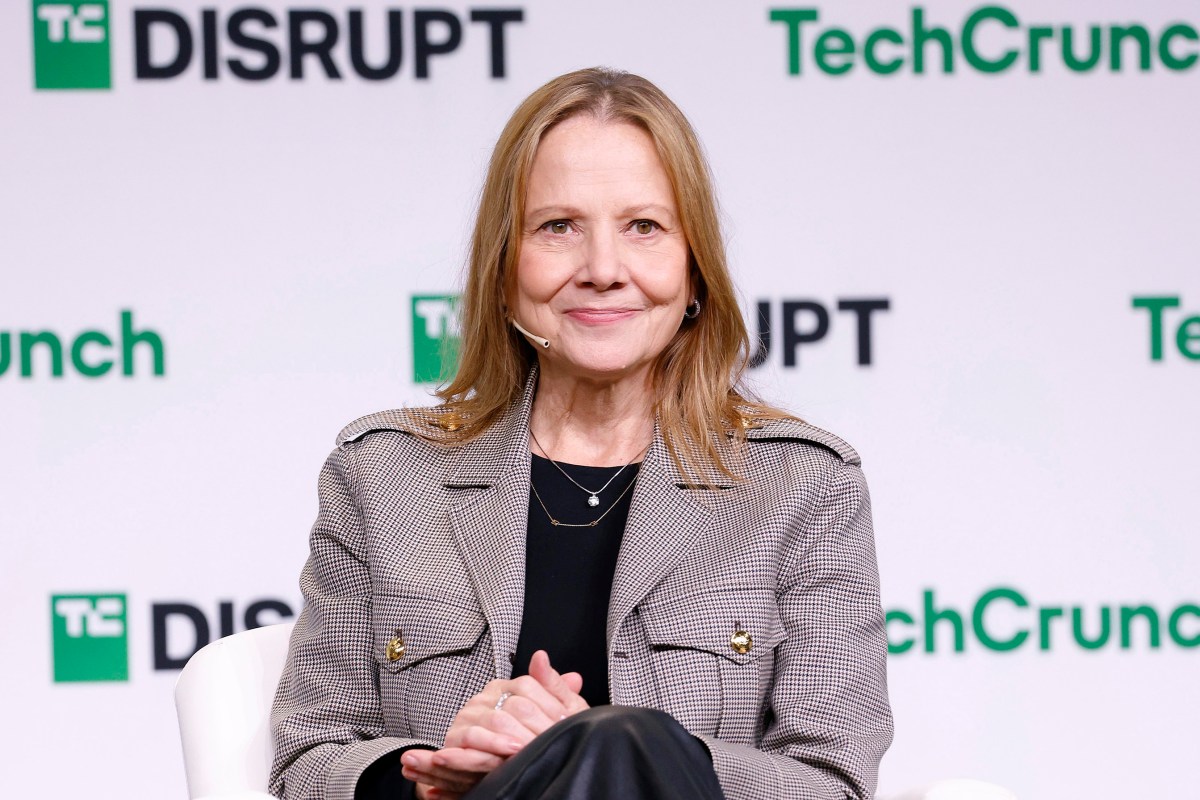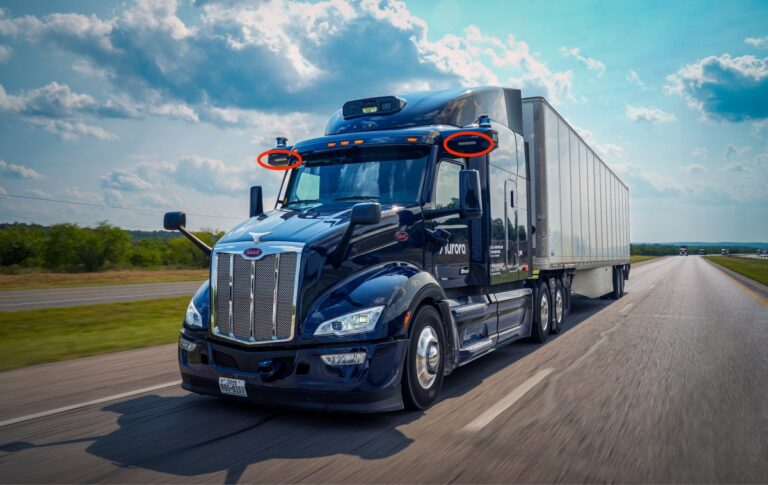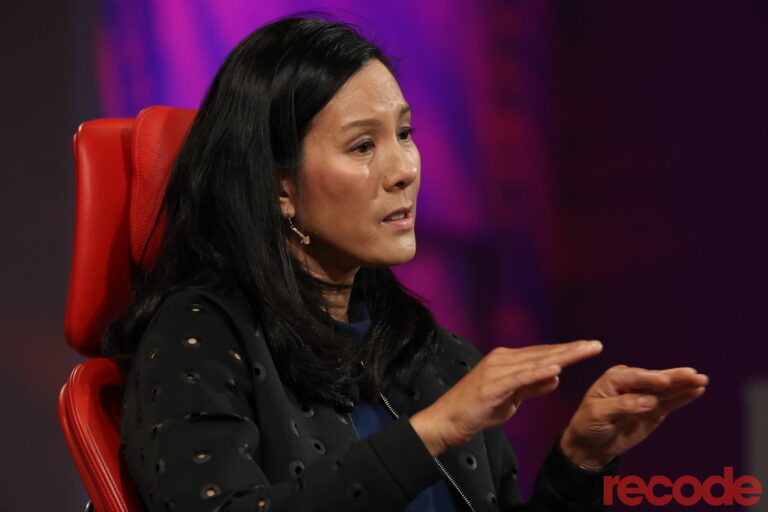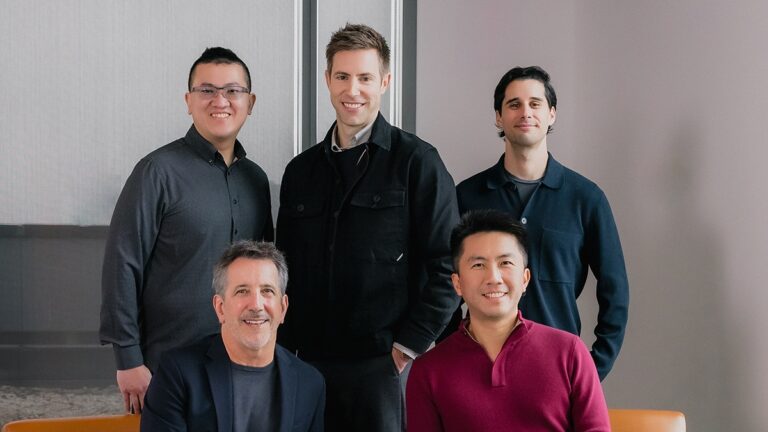GM Aims to Slash Costs: Projected $1 Billion Savings on Cruise Operations
General Motors (GM) has announced a significant shift in its autonomous driving strategy by discontinuing its Cruise robotaxi development program, leading to anticipated annual savings of up to $1 billion. This decision comes as GM refocuses its efforts on personal vehicles and aims to streamline its operations.
Cost Savings from Cruise Program Termination
During an earnings call on Tuesday, CEO Mary Barra outlined GM’s plan to restructure its approach to autonomous driving. Barra stated, “GM has proposed a restructuring plan that will refocus our autonomous driving strategy on personal vehicles.” This initiative is expected to generate a run rate savings of approximately $1 billion annually due to the cessation of robotaxi development.
Integration of Cruise Employees
CFO Paul Jacobson highlighted that the projected cost savings are based on the expectation that Cruise employees will be fully integrated into GM by mid-year. He noted, “We believe our refocused autonomous driving strategy will lead to efficiencies and a $1 billion annual run rate savings compared to the $1.7 billion we spent on Cruise in 2024.”
Financial Impact of the Decision
GM’s financial results reflect the impact of this strategic shift. The company reported a $2.9 billion loss for the fourth quarter of 2024, primarily due to charges associated with the termination of the Cruise program and restructuring costs related to its operations in China. Key financial highlights include:
- $500 million one-time charge for halting Cruise funding.
- $4 billion non-cash restructuring charge related to China.
- Net income of $6 billion for the year, with an adjusted annual profit of $14.9 billion.
Despite significant losses in the fourth quarter, GM’s overall financial performance for the year was more optimistic, particularly when viewed on an adjusted basis.
Employee Reactions and Future Plans
The decision to discontinue the Cruise program has left many employees stunned, especially since GM had invested nearly $10 billion in Cruise since 2016. Following the announcement, many employees reportedly ceased work as they awaited updates on potential layoffs or retention offers from GM. Sources indicate that by mid-January, Cruise management began extending retention offers to key engineering staff.
GM’s Commitment to Level 4 Autonomy
Mary Barra emphasized GM’s ongoing commitment to becoming a leader in Level 4 autonomy, which allows vehicles to operate without human intervention under certain conditions. GM is also working on enhancing its Super Cruise technology, which provides advanced driver assistance, with the potential integration of Cruise’s self-driving capabilities.
“We want to be leaders in Level 4 autonomy and will continue to evaluate the landscape to do that as capital efficiently as possible,” Barra stated, indicating GM’s openness to collaborating with strategic partners.
Looking Ahead
As GM navigates this transition, Jacobson noted that the expenditures related to Cruise employees will be reflected in the company’s financials later this year, potentially impacting GM’s North America margin by around 50 basis points. However, he reassured stakeholders that GM anticipates remaining within its margin target of 8 to 10%.
For more information about GM’s evolving strategy in autonomous driving, visit GM’s official website.
Stay updated on the latest news in the automotive industry by checking out related articles on TechCrunch.







